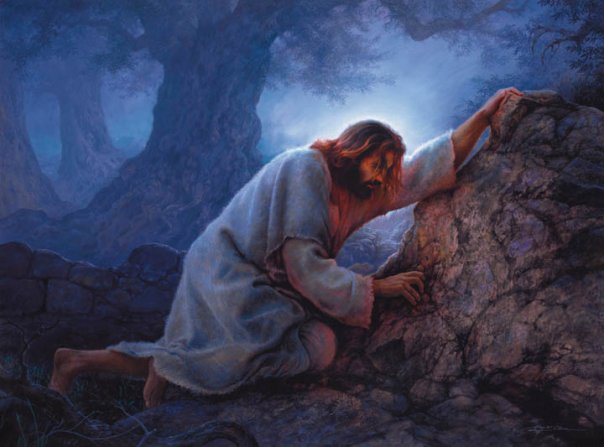View my latest video at the VisionRoot channel: Can You Trust the CDC and the World Health Organization on Covid-19? Evidence from the DTP Vaccine and H1N1 “pandemic” : https://youtu.be/1np0IMw97fk.
2 Samuel 22
37 You clear the way for me,
and now I won’t stumble.
Isaiah 36
36 Hezekiah had been king of Judah for fourteen years when King Sennacherib of Assyria invaded the country and captured every walled city 2 except Jerusalem. The Assyrian king ordered his army commander to leave the city of Lachish and to take a large army to Jerusalem.
The commander went there and stood on the road near the cloth makers’ shops along the canal from the upper pool. 3 Three of the king’s highest officials came out of Jerusalem to meet him. One of them was Hilkiah’s son Eliakim, who was the prime minister. The other two were Shebna, assistant to the prime minister, and Joah son of Asaph, keeper of the government records.
Exposition of the Divine Principle
3 Color Edition-The Red part
Chapter 5
The Period of Preparation for the Second Advent of the Messiah
The
period of preparation for the Second Advent of the Messiah was the
four-hundred-year period from the Protestant Reformation in 1517 to the end of
World War I in 1918. With respect to the providence of restoration, this period
is divided into three periods: the period of the Reformation, the period of
religious and ideological conflicts, and the period of the maturation of
politics, economy and ideology.
THE
PERIOD OF THE REFORMATION (1517-1648)
The 130-year period of the Reformation began in 1517, when Martin
Luther raised the banner of the Protestant Reformation in Germany, and lasted
until the wars of religion were settled by the Treaty of Westphalia in 1648. When the purpose of God’s providence through
medieval society was not fulfilled, the direction of providential history
shifted and God worked to establish anew the foundation for the Second Advent
of the Messiah through the Renaissance and the Reformation.
In the late Middle Ages, man’s original mind was repressed, its
free development blocked by the social environment of feudalism and the
secularization and corruption of the Roman church. The social environment of the late Middle
Ages blocked the path through which the original nature of the people could be
restored. Fettered by such circumstances, medieval Europeans were prompted by
the impulses of their innermost hearts to break down their social environment
to open the way for the restoration of their original nature.
Medieval Europeans were to restore their original God-given nature
by first severing their ties to Satan, who had defiled the society when the
papacy failed its internal responsibility to restore the foundation of faith
and sank into immorality. As people pursued the recovery of the internal and
external aspects of their original nature, the thought of the age branched out
into two movements to recover the heritage of the past, which we distinguish in
relative terms as Abel-type and Cain-type. The Cain-type movement began as a
revival of Hellenism, the culture and philosophy of ancient Greece and Rome. It
gave rise to the Renaissance,7 whose core value was humanism. The Abel-type
movement began as a revival of the Hebraic heritage of Israel and the early
Christian Church. It gave rise to the Protestant Reformation, whose core value
was faith in God.
1.1 THE RENAISSANCE
It was explained above that
the Renaissance grew out of the external pursuits of the original nature. The
movement to revive the ancient heritage of Hellenism caught fire. Renaissance
humanism thus rose to prominence. The Renaissance came to life in
fourteenth-century Italy, which was the center of the study of the classical
Hellenic heritage. Though it began as a movement imitating the thought and life
of ancient Greece and Rome, it soon developed into a wider movement which
transformed the medieval way of life. It expanded beyond the sphere of culture
to encompass every aspect of society, including politics, economic life and
religion. In fact, it became the external driving force for the construction of
the modern world.
1.2
THE REFORMATION
As medieval Europeans sought to realize the external aspirations
of their original nature, they also began to pursue its repressed internal
aspirations. They called for the revival of the spirit of early Christianity,
when believers zealously lived for the Will of God, guided by the words of
Jesus and the apostles.
To raise funds to build St. Peter’s Basilica, Pope Leo X began
selling indulgences, which Catholic doctrine affirmed would remit the penalty
for sin due in the next life. When this indulgence was proclaimed in Germany in
1517, a movement to protest this abuse ignited a fuse which exploded in the
Protestant Reformation under the leadership of Martin Luther (1483-1546), a
professor of biblical theology at the University of Wittenberg. The flames of
the Reformation grew strong and soon spread to Switzerland under the leadership
of Huldrych Zwingli (1484-1531), to France as led by John Calvin (1509- 1564),
and into such nations as England and the Netherlands. The wars of religion
which swirled around the Protestant movements continued for more than one
hundred years until 1648, when the Treaty of Westphalia ended the Thirty Years’
War.
View slides 1 to 19 below for an illustrated presentation of the above content:
2007p2-CHAPT-5-PrepPeriod-forSecond-Advent_revised-4-28-2014
